
Web Design Toronto
Web Design Company and Website Development Services in TorontoWhen it comes to establishing your business or brand online, WireTree has the solution for you. We are a technology-oriented web design Toronto company providing the ultimate website design services and online marketing solutions to businesses of all sizes.

Website Designing


WordPress Maintenance


WooCommerce Development

Digital Marketing

Local SEO Services

Search Engine Optimization

Social Media Marketing

Instagram Ads

Facebook Page Management

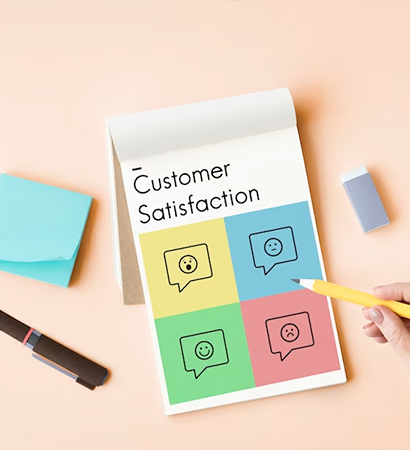
Online Reputation Management

Google Remarketing Service
Display the Exceptional Quality of Your Brand With WireTree
Highlight Your QualityAt WireTree, we are a Toronto-based website design company Toronto and recognize the distinctive hurdles that small businesses encounter in establishing their online presence. To address these challenges, we provide a variety of budget-friendly web design services Toronto and digital marketing solutions in Toronto, specifically designed to cater to the needs of small-scale enterprises. Our collaborative approach ensures that we closely partner with our clients to create personalized strategies that enhance their visibility and attract a larger customer base.
Our web design agency Toronto experts team specializes in creating stunning and functional WordPress websites tailored to meet your unique needs. Contact us today for top-notch WordPress development and website design services in Toronto.

Innovative Design
At WireTree, we have a specialization in crafting captivating designs that not only grab the attention of your customers but also effectively communicate your brand's message in a visually striking manner.

Great Concepts
If you require a fresh marketing strategy, a distinctive feature for your website, or any other unconventional solution, our website design Toronto designers are readily available to assist you.

We Offer Goal-Oriented Toronto Web Design services & WordPress Development Solutions in Toronto
Websites That MatterHaving a website doesn’t necessarily help your business if the search engines aren’t indexing it. Web design Toronto experts can enhance your website design services, copywriting, keyword usage, social media presence, and more to ensure that clients can find your site online. Your return on marketing investment is maximized when you work with us.
15 Days Delivery
Our Toronto Web Design experts never compromise with quality and promise prompt delivery.
24/7 Customer Support
Our professionals are available round the clock to listen and solve your queries.
WireTree increases the value of your web design company Toronto by creating employee and customer experiences that are consistent with your brand.
Building Stunning, Effective Websites that Generate Leads is Our Sole Objective.
Why Choose UsLong-Term Success
Our goal is to develop lasting, mutually beneficial partnerships with clients. We work hard to gain your continued business.
Dedicated Project Manager
From conception to completion, our project manager will guide you through the entire process because they are knowledgeable.
Effective Design
The ideal web design is produced when skilled individuals and tried-and-true procedures collaborate strategically.
Proven Results
We take the time to carefully consider the demands of your company before developing a unique plan of action.
Toronto Web Design Industries
Unmatched Experience is Our PriorityWe, a website design company in Toronto, collaborate with companies spanning various industries, providing expertly crafted web design services in Toronto that align with the distinct brand and digital marketing objectives of each client we serve.
We Specialize In Crafting Tailor-Made Solutions
WireTree extends its expertise to offer comprehensive website development and SEO services in Toronto. We empower your business by delivering tailored digital solutions designed specifically to meet your unique requirements. Our approach focuses on identifying and addressing the root cause of the problem. We design customized solutions that directly target your specific business issues, leaving no room for errors.
- Affordable Cost
- On-Time Delivery
- High-Quality Services
- Professional & Expertise

Health & Fitness

Government

Food & Beverage

Manufacturing

Healthcare

Insurance

Tech Companies

Startups

Law Firms

Lifestyle & Adventure

Entertainment

Financial Services

Retailers

Architects & Engineers

Accounting Firms
Whether you're looking for a new website or want to revamp your existing one, we can help.
Our Recent Web Design Toronto Projects
We make connectionsOur clientele has included a diverse range. See a few of our most recent projects to get an idea of the work we’ve completed and how we can help you.
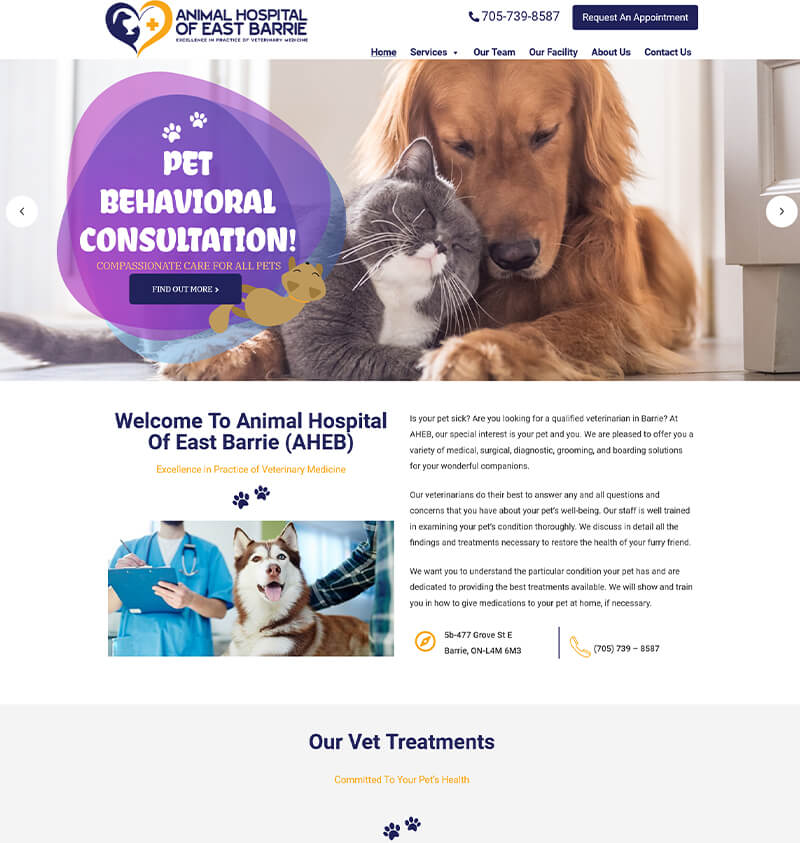

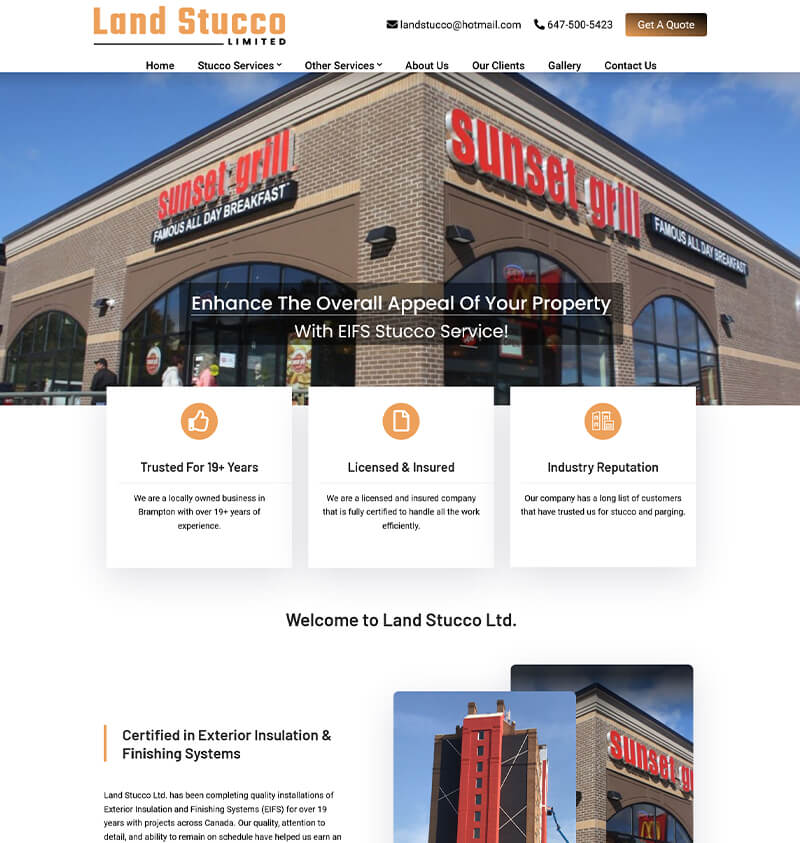
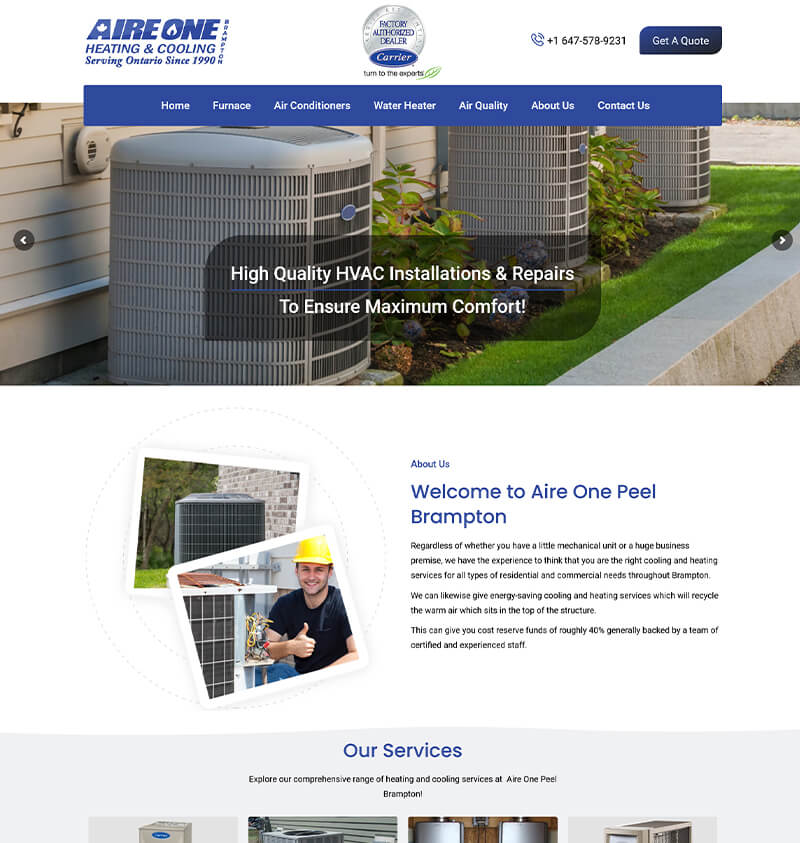
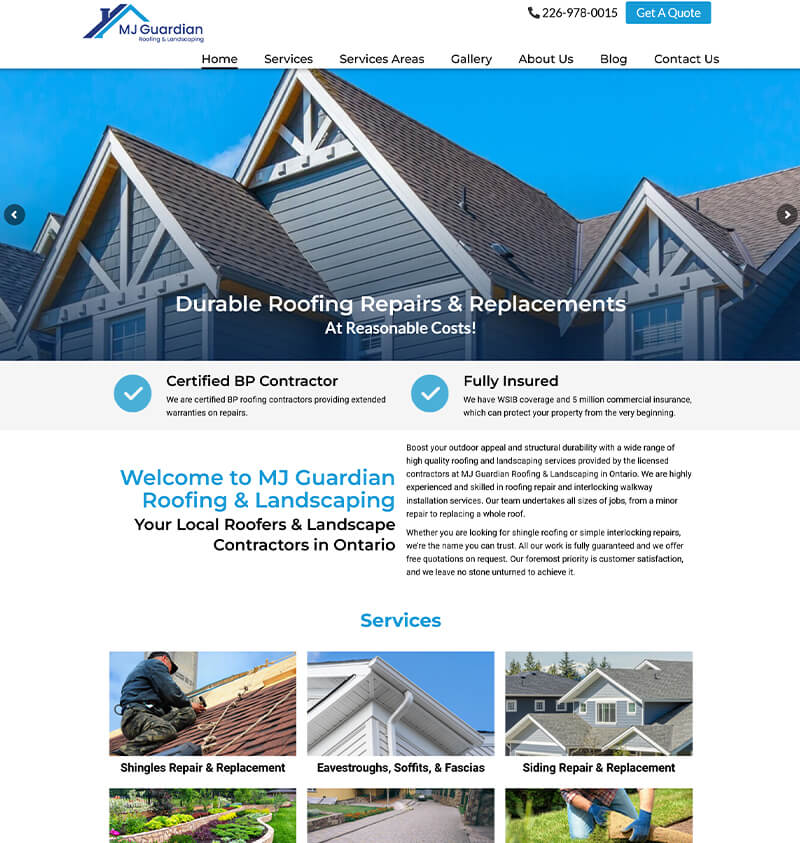
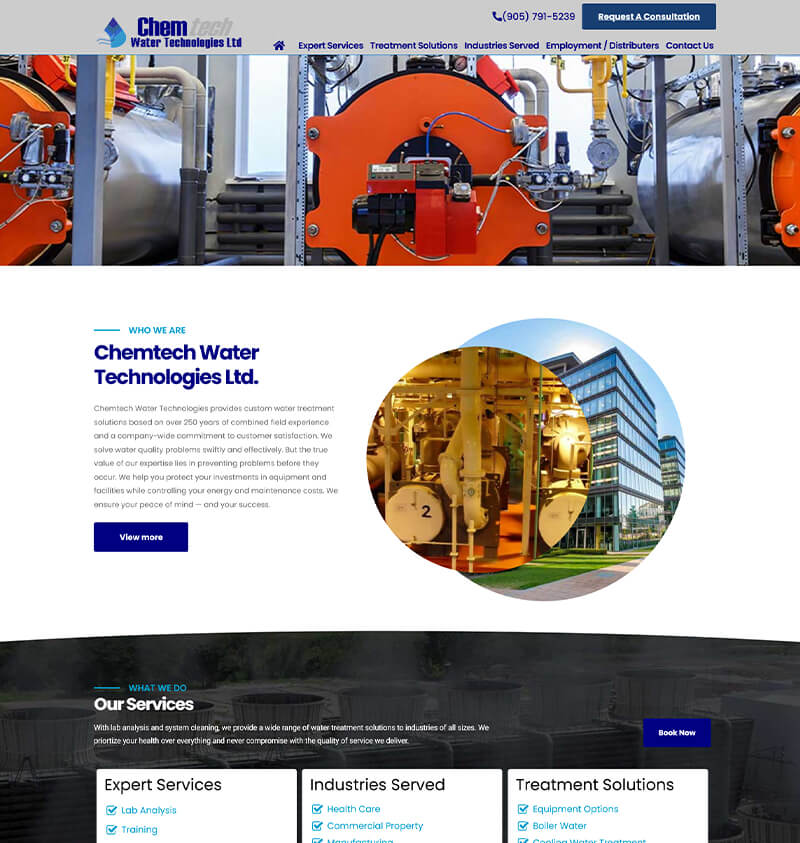
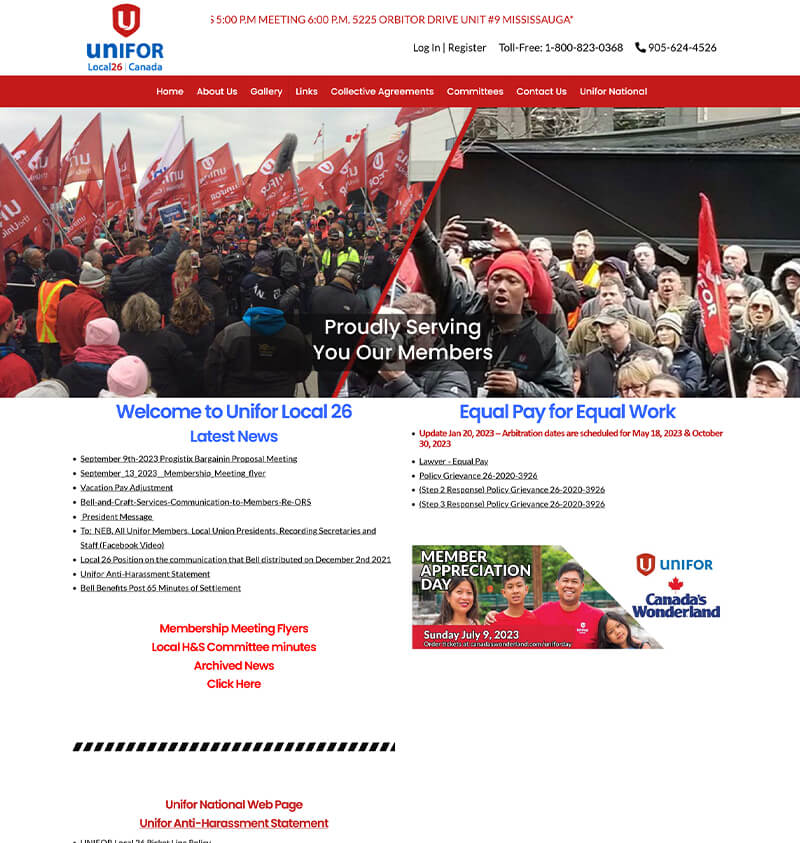

Expertise That Sets Us Apart
OUR EXPERIENCEWe’ll assist you in engaging and converting more visitors by centering web design efforts around identity, usability, and a tailored user experience.
Our digital marketing programs are carefully designed to generate tangible growth for your business. When you partner with us, you can expect the utmost level of technical expertise and unwavering professionalism. We hold ourselves to the highest standards to ensure your success.
- Good Design
- Great Pricing
- Better Value
- Visual Design
- Easy Functionality
- Responsiveness
We Will Design Your Success
We've kept good connections going for years by offering exceptional Toronto website design and development services.
400+
Satisfied Client




Trusted From Over 1,500 Clients
OUR CLIENT'S
Expand Your Service Company with the Aid of Wire Tree
How We WorkWell-Designed
Our goal is to develop a top-performing website that will please your visitors.
Boost Your Positions
We improve the SEO of your website to make sure that visitors can find it quickly.
Dedicated Team
We're committed to supporting you along the journey and achieving success online.
Hassle-Free
With us, you may relax knowing that we'll take care of all website-related tasks.
